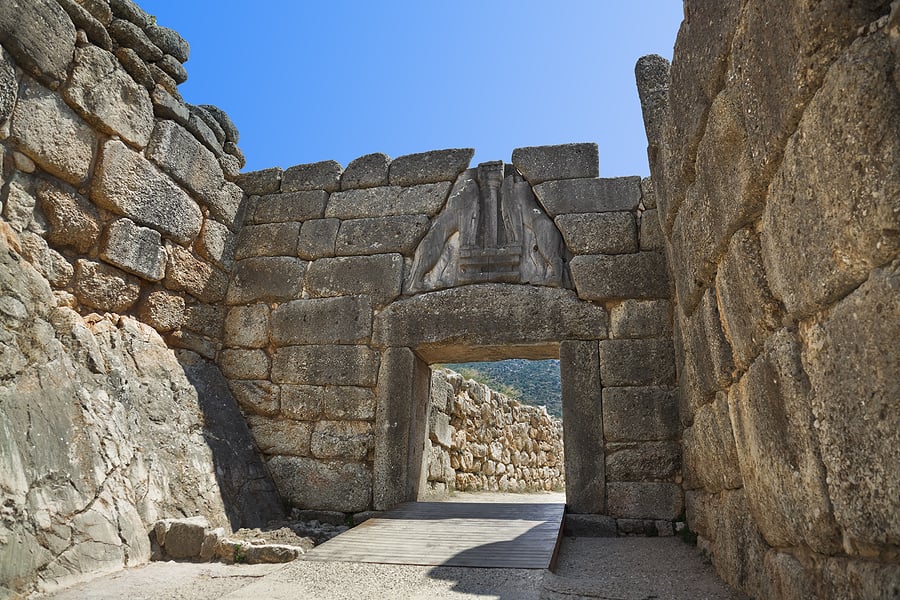
Between c. 1400 and 1200 BC, impressive palaces were the focal points of power for the Mycenaeans in Bronze Age Greece.
The appearance of increasingly sophisticated palatial complexes in Mycenaean Greece coincided with the evolution of Bronze Age Greek society towards more stratified and hierarchal formats.
Although less is known about the Mycenaean period of Greek civilization than the later Classical and Hellenistic epochs of ancient Greece, the archaeological remains of several palaces as well as the decipherment of the Linear B language written by the Mycenaeans have helped historians and archaeologists to learn more about Bronze Age Greece.
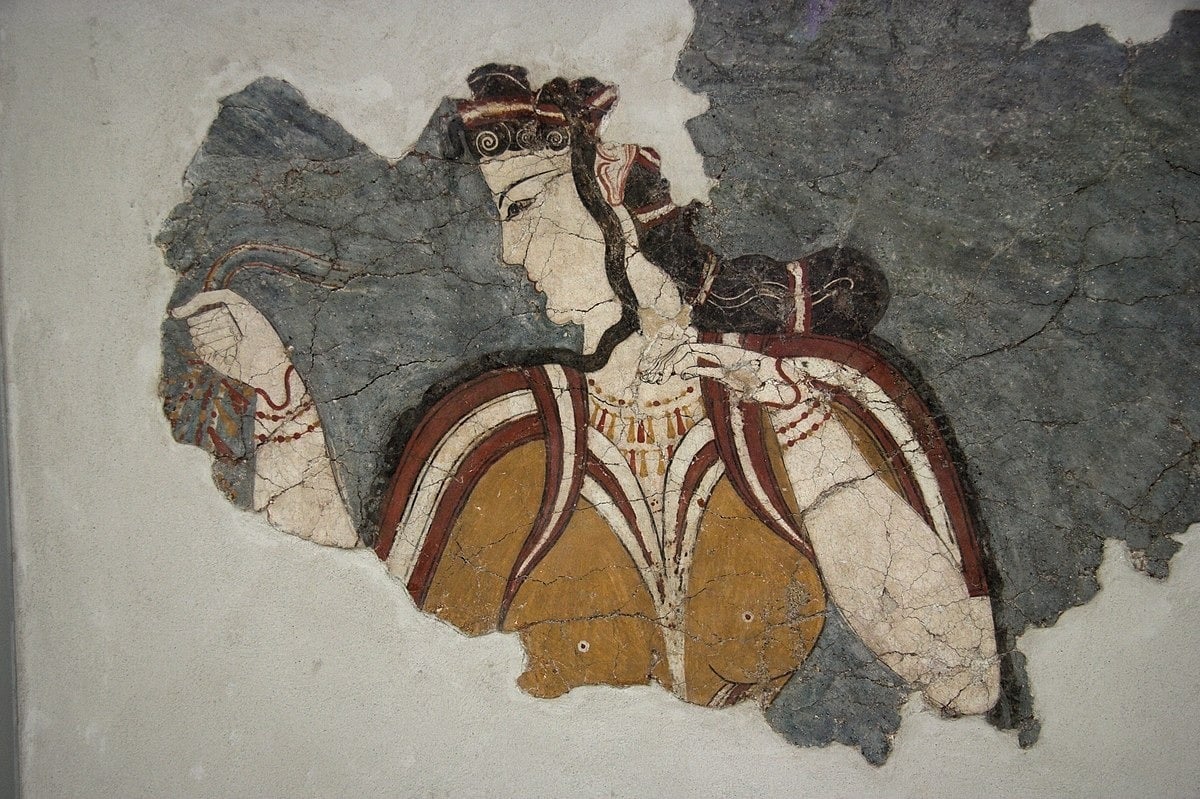
The Mycenaean palaces of Bronze Age Greece
During the Prepalatial Period (circa 1750-1400 BC), the Mycenaean civilization expanded to encompass a network of competing, semi-autonomous regional political centers. Around 1400 BC, some of these centers emerged as dominant entities and evolved into organized states, establishing sophisticated palaces that marked the onset of the Palatial Era in Mycenaean society (circa 1400-1200 BC).
The most famous Bronze Age palace in Greece is undoubtedly Mycenae, after which the Mycenaeans are named by modern historians. It was also King Agamemnon’s seat of power as told by Homer in the Iliad.
It was one of the major centers of Greek civilization as far back as the second millennium BC, with a military stronghold that dominated much of southern Greece, Crete, the Cyclades, and even parts of southwest Anatolia.
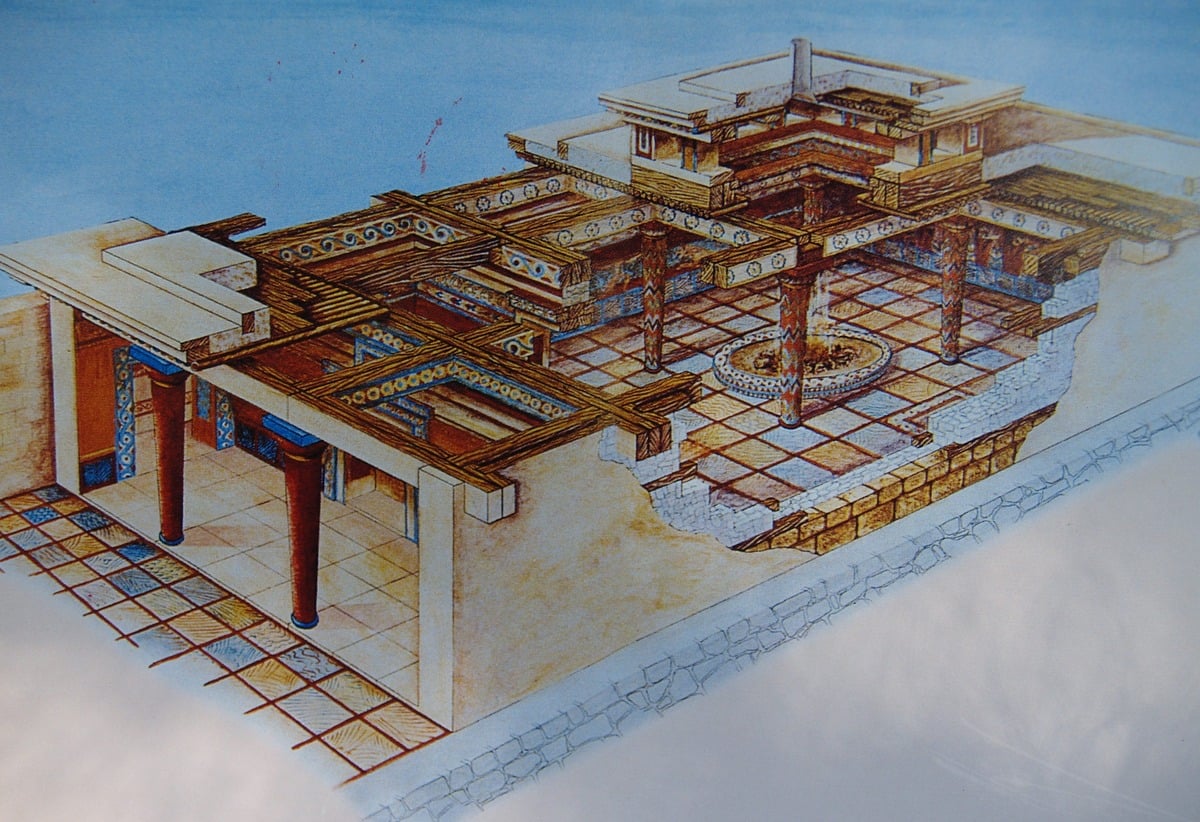
Mycenae developed into a formidable power from 1550 to 1450 BC and is believed to have become the main center of all Aegean civilization through the fifteenth century.
Around 1350 BC, the fortifications on the Acropolis of Mycenae were rebuilt in a style known as Cyclopean because the blocks of stone used were so massive that they were thought in later ages to be the work of the one-eyed giants known as the Cyclopes.
Successive monumental palaces were built inside these city walls — much of which can thankfully still be seen today. The final palace to be built, the remains of which are still visible on the acropolis, was constructed between 1400-1300 BC.
Mycenae may have been the most influential palace in Bronze Age Greece but it certainly was not not the only center of power. There were also palace complexes at Pylos, Tiryns, Thebes, Midea, and Sparta.
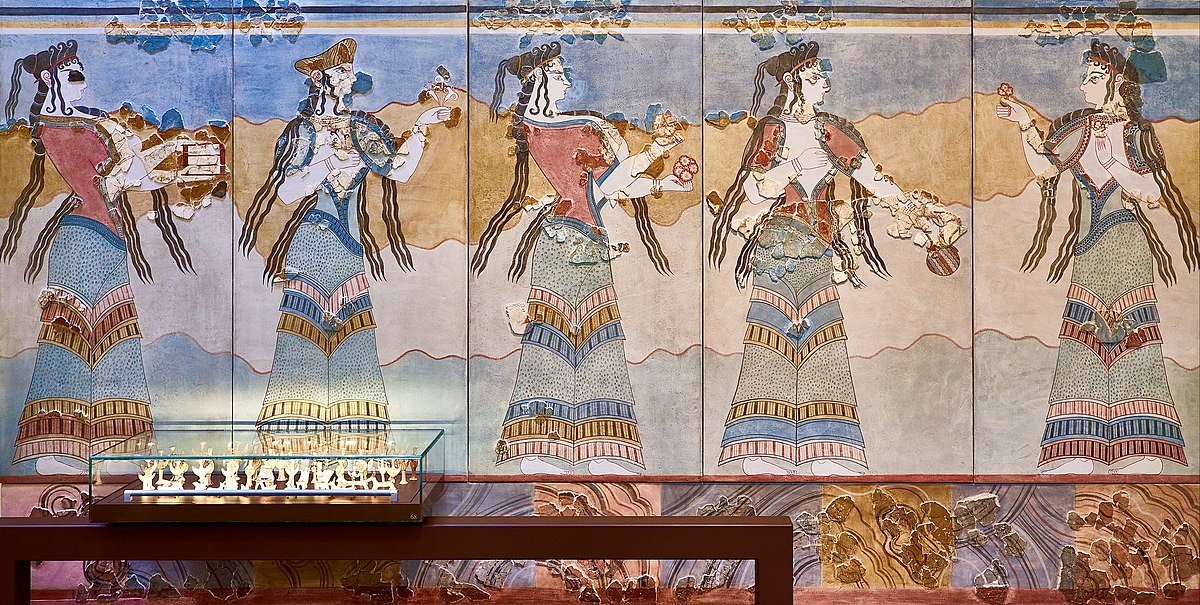
Mycenaean elites
The most prominent political figure within Mycenaean society was the “wanax,” who held authority over both the palace and the wider kingdom. The wanax’s power extended over various social classes, including the elites, craftsmen, and slaves.
The influence of the palace, under the control of the wanax, reached vast geographical regions, encompassing entire towns and villages. In addition to managing palatial affairs, there is evidence suggesting that the wanax occasionally participated in religious rituals, leading to the perception of the wanax as a priest-king.
Tablets discovered in Pylos provide details about a particularly wealthy wanax who had a well-documented retinue of royal administrators and craftsmen. References to royal textiles imply that the wanax had a distinct style of dress, further indicating their wealth and social superiority.
the second-ranking figure in Mycenaean society was known as the “lawagetas.” Although the exact role of the lawagetas is not explicitly defined in the Linear B tablets, it is widely believed that they held responsibility for overseeing the state’s military forces.
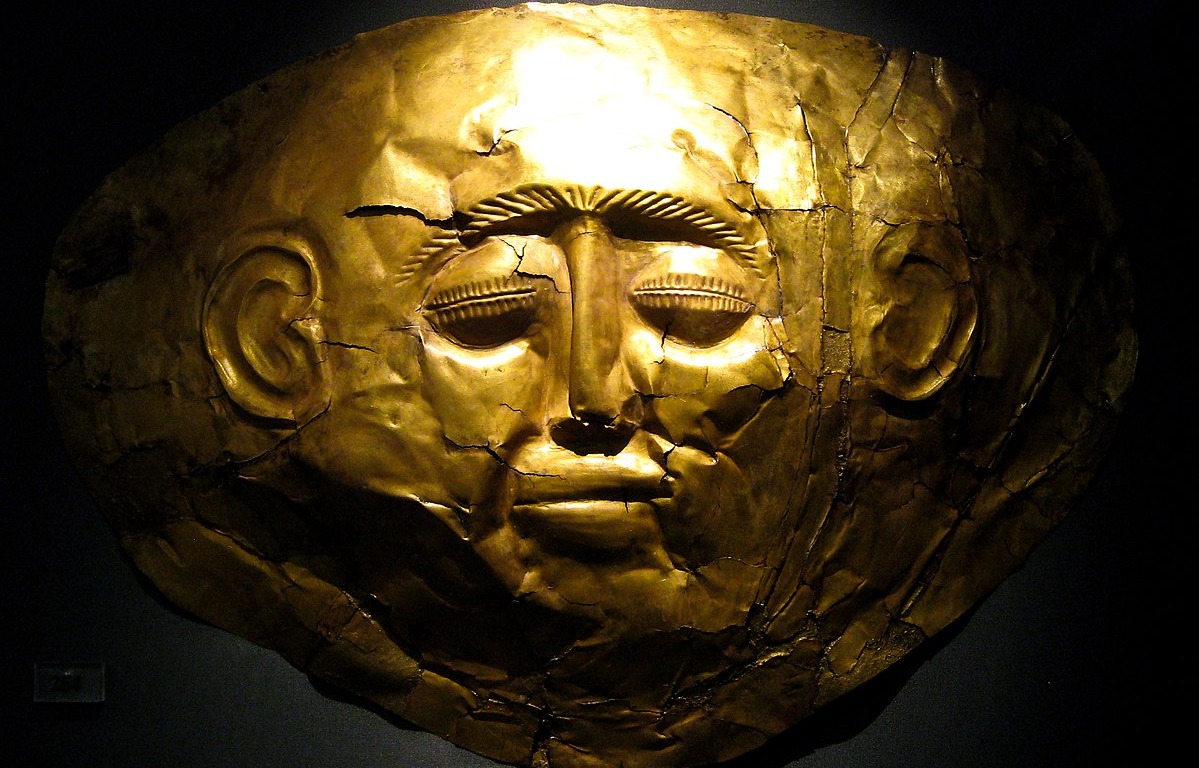
Within the military aristocracy, there existed a group of men referred to as “heqetai,” who were closely associated with the use of chariots and served the wanax. The heqetai present at Pylos owned slaves and had the specific duty of monitoring the coastline, serving as a warning system against potential seafaring invaders.
In Greece, Bronze Age palatial states served as intricate administrative hubs, employing various officials to uphold bureaucratic functions. Among these officials were individuals known as “collectors,” who were identified by name in tablets but lacked official titles.
These collectors operated across different industries in the major Mycenaean states and were involved in acquiring and distributing goods. Royal craftsmen managed the palatial workshops that specialized in producing luxury items, including perfumes, ivory, and lapis lazuli, catering to the elite. It is probable that these workshop officials also possessed literacy skills, overseeing storage and documenting workshop inventories on tablets written by palatial scribes.
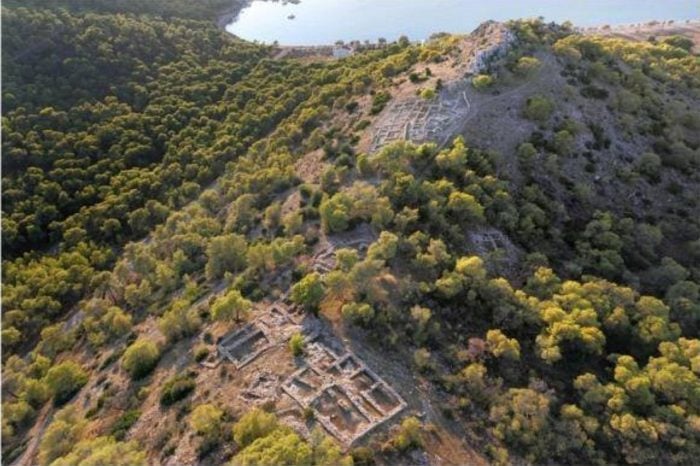
Mycenaean warriors
The Bronze Age palatial complexes of ancient Greece were aesthetically impressive examples of architecture, complete with beautiful frescoes and eye-catching artworks. However, the palaces also served as fortresses for the warlike Mycenaeans.
In fact, a substantial number of Bronze Age-era frescoes and pottery depict warriors and scenes of battle, alluding to the high status of warriors in Mycenaean society. Masculinity and martial prowess were important values for the Bronze Age Greeks.
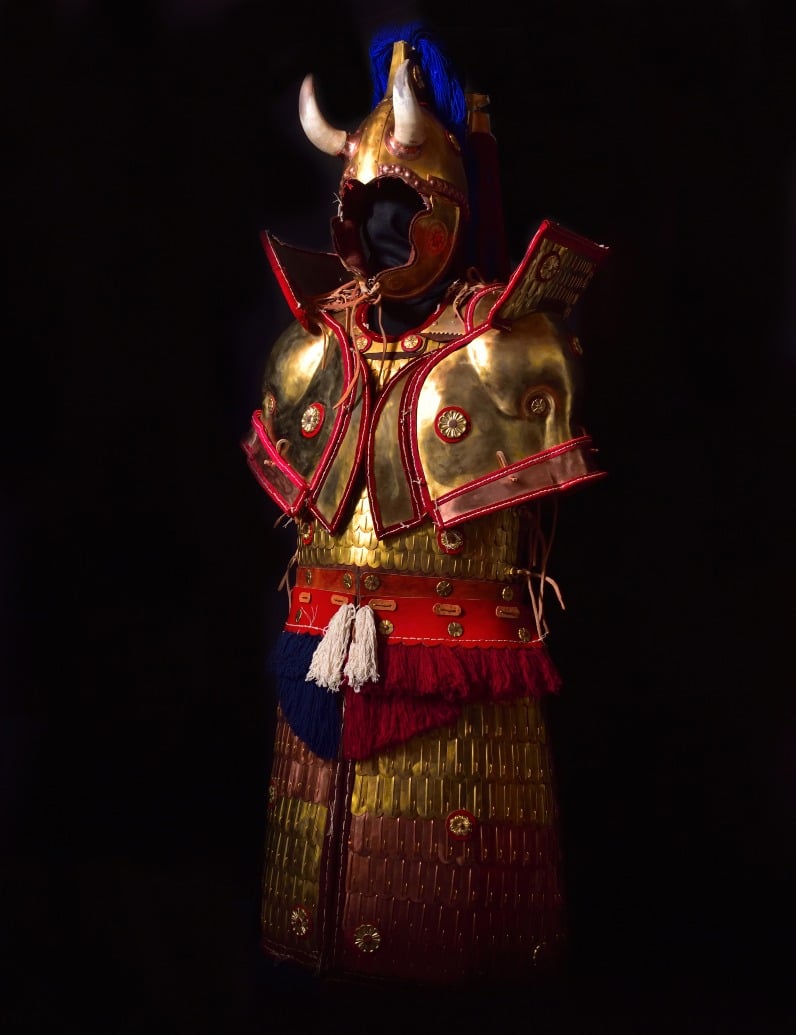
Mycenaean frescoes portray warriors adorned in tunics, greaves, and the distinctive boar tusk helmets that are characteristic of the era. These warriors frequently wielded figure-of-eight or tower shields for further protection. The discovery of the Dendra Panoply points suggests that higher-status warriors may have worn more intricate forms of highly protective bronze armor.
Commenting on the armor style of the Mycenaeans, modern-day Greek historical armorer Dimitrios Katsikis explains, “During the Mycenaean era practicality prevails, the armor follows a largely articulated development, sufficiently covers all parts of the body, and its form is monstrous.”
See all the latest news from Greece and the world at Greekreporter.com. Contact our newsroom to report an update or send your story, photos and videos. Follow GR on Google News and subscribe here to our daily email!



